08.05.2023
Conventional, constructed and dyed veneers are used in the works of the in Britain resident artist, who studied fine art in England and completed a cabinetmaking course some 25 years ago in the context of a home renovation and her longstanding interest in furniture design. "The combination of these veneers offers a rich selection of colors and wood grains and opens up an almost inexhaustible number of design possibilities for me," Meyer-Eaglestone says. She places great value on spontaneity: "You could say that I paint with wood, without precise drawings, at most with a very rough sketch. This allows me to let each design evolve with constant changes, additions and outlining of areas. Working in this this way, the creative process and thus the appearance of the finished object remains open until the end," explains the artist. Her first unique pieces were wall-based artworks. Then came free-standing room dividers and suede-lined boxes and chests as well as mirrors and furniture. "Currently, though, I only focus on wall-based artworks and room dividers. Those have always been my favourite objects." The busy artist finds inspiration for her work in Leeds in the fields of architecture and music. She is also influenced by early 20th century art and design - including Cubism, Constructivism, Bauhaus and de Stijl, as well as Japanese design.
Veneer captured the artist from the start
Using wood veneers as the basis for Christine Meyer-Eaglestone's work was love at first sight: "Naturally, when I was on my carpentry course, veneers were introduced. And when I found out how accurately they could be cut with a knife, I immediately recognized their potential for art and began cutting the veneers into geometric shapes and creating compositions with them." The sheer variety of colors and grains makes it easy to create unique pieces. "Just by changing the direction of a veneer means it catches the light in a completely different way. The colors of the wood also change in the process. It's like 'painting with wood,' she says. She is particularly pleased when she discovers veneer with a sapwood edge: “That's very valuable to me for aesthetic reasons because it can give the impression of three-dimensionality." However, she uses veneer not only because it is perfect as a material for her marquetry artwork: "A single tree yields a huge amount of veneer. In addition, I also use veneers in my work that have become redundant in factories. This allows a large surface area to be transformed with little material, which ultimately conserves valuable resources." IFN/DS
FYI: Marquetry is the term used to describe inlay work made of wood and other materials. In this process, the artist assembles only thin materials, such as veneers, and applies the result to the intended surface. In inlay work, on the other hand, thin sheets of material are inlaid into solid wood.
Short interview with the artist Christine Meyer-Eaglestone, Leeds
The questions are asked by Ursula Geismann,
Managing Director of the Initiative Furnier + Natur (IFN), Bonn
What is your focus as an artist?
"After graduating from secondary school in Germany, I did an apprenticeship as an industrial clerk, studied fine art in England and then taught for many years. Following that I enrolled on a carpentry course. During this course I learned about the benefits of working with the natural material veneer. Since then I have worked as a self-employed artist, using a large variety of veneers to create unique surfaces, for example for abstract wall-based artworks, large-format room dividers, fine boxes and chests as well as mirrors and furniture”.
How might one think of these works? Do you fabricate inlays?
"No, my work is called "marquetry." In this process I cut and join thin veneers together with veneer tape into a design and apply this to the substrate - mostly MDF boards. These are then further processed into a work of art. You could describe it like this: I ‘paint with wood', without precise drawings, at most with a very rough sketch. In this way I let the design evolve while making constant changes, additions and outlining areas. But I also spend a lot of time carefully considering the color and the grain direction of the veneer and its shape - as much as I spend cutting the veneers. Working like this leaves the creative process, and therefore the look of the finished object, open until the very end. On the other hand, in the inlay technique, thin sheets of material are sunk or worked into solid wood. That requires even more specific planning up front”.
What particularly appeals to you about your work with veneer?
"Veneer is natural, unique and extremely versatile thanks to its many color and grain variations. That's why it's perfect as a material for my marquetry artwork. Then there's the sustainability of the material: a single tree yields a huge amount of veneer. In addition, I also use veneers in my work that have become redundant in factories. This allows a large surface area to be transformed with little material, which ultimately conserves valuable resources."
Initiative Veneer + Nature (IFN)
The Initiative Furnier + Natur (IFN) e.V. was founded in 1996 by the German veneer industry and its partners. Today it is supported by European companies from the veneer industry, the trade and the veneer processing industry as well as trade associations of the wood industry. The aim of the association is to promote veneer as a natural all-rounder.
Further information on the subject of veneer at www.furnier.de or
facebook
linkedin
instagram
The artist's website: cme-art.co.uk.
Image 1: Finely veneered wall cabinet "Fracture". Photo: Kenneth James/IFN
Image 2: Chic veneered room divider "Bauhaus II". Photo: Matthew Booth/IFN
Image 3: Beautifully veneered "Script" box. Photo: Christine Meyer-Eaglestone/IFN
Image 4: Mural "Orbit" with unique guarantee. Photo: Christine Meyer-Eaglestone/IFN
Image 5: Handmade wall mirror "Fracture II". Photo: Christine Meyer-Eaglestone/IFN
May 8, 2023
Edle Kunst aus feinem Furnier: Christine Meyer-Eaglestone fertigt aus dem Filet des Baumes einzigartige Meisterwerke
Bonn/Leeds. Veneer defines her artistic existence: Christine Meyer-Eaglestone, born in Grassau near Munich and emigrated from Düsseldorf to Great Britain in 1969, currently lives in Leeds and has been making art from the "fillet of the tree" for 25 years. The artist's repertoire ranges from impressive wall-based artworks and large-format room dividers to boxes, chests, mirrors and furniture. More than 400 objects - all with hand-cut marquetry surface designs and each piece unique - have already been created in this way.Conventional, constructed and dyed veneers are used in the works of the in Britain resident artist, who studied fine art in England and completed a cabinetmaking course some 25 years ago in the context of a home renovation and her longstanding interest in furniture design. "The combination of these veneers offers a rich selection of colors and wood grains and opens up an almost inexhaustible number of design possibilities for me," Meyer-Eaglestone says. She places great value on spontaneity: "You could say that I paint with wood, without precise drawings, at most with a very rough sketch. This allows me to let each design evolve with constant changes, additions and outlining of areas. Working in this this way, the creative process and thus the appearance of the finished object remains open until the end," explains the artist. Her first unique pieces were wall-based artworks. Then came free-standing room dividers and suede-lined boxes and chests as well as mirrors and furniture. "Currently, though, I only focus on wall-based artworks and room dividers. Those have always been my favourite objects." The busy artist finds inspiration for her work in Leeds in the fields of architecture and music. She is also influenced by early 20th century art and design - including Cubism, Constructivism, Bauhaus and de Stijl, as well as Japanese design.
Veneer captured the artist from the start
Using wood veneers as the basis for Christine Meyer-Eaglestone's work was love at first sight: "Naturally, when I was on my carpentry course, veneers were introduced. And when I found out how accurately they could be cut with a knife, I immediately recognized their potential for art and began cutting the veneers into geometric shapes and creating compositions with them." The sheer variety of colors and grains makes it easy to create unique pieces. "Just by changing the direction of a veneer means it catches the light in a completely different way. The colors of the wood also change in the process. It's like 'painting with wood,' she says. She is particularly pleased when she discovers veneer with a sapwood edge: “That's very valuable to me for aesthetic reasons because it can give the impression of three-dimensionality." However, she uses veneer not only because it is perfect as a material for her marquetry artwork: "A single tree yields a huge amount of veneer. In addition, I also use veneers in my work that have become redundant in factories. This allows a large surface area to be transformed with little material, which ultimately conserves valuable resources." IFN/DS
FYI: Marquetry is the term used to describe inlay work made of wood and other materials. In this process, the artist assembles only thin materials, such as veneers, and applies the result to the intended surface. In inlay work, on the other hand, thin sheets of material are inlaid into solid wood.
Short interview with the artist Christine Meyer-Eaglestone, Leeds
The questions are asked by Ursula Geismann,
Managing Director of the Initiative Furnier + Natur (IFN), Bonn
What is your focus as an artist?
"After graduating from secondary school in Germany, I did an apprenticeship as an industrial clerk, studied fine art in England and then taught for many years. Following that I enrolled on a carpentry course. During this course I learned about the benefits of working with the natural material veneer. Since then I have worked as a self-employed artist, using a large variety of veneers to create unique surfaces, for example for abstract wall-based artworks, large-format room dividers, fine boxes and chests as well as mirrors and furniture”.
How might one think of these works? Do you fabricate inlays?
"No, my work is called "marquetry." In this process I cut and join thin veneers together with veneer tape into a design and apply this to the substrate - mostly MDF boards. These are then further processed into a work of art. You could describe it like this: I ‘paint with wood', without precise drawings, at most with a very rough sketch. In this way I let the design evolve while making constant changes, additions and outlining areas. But I also spend a lot of time carefully considering the color and the grain direction of the veneer and its shape - as much as I spend cutting the veneers. Working like this leaves the creative process, and therefore the look of the finished object, open until the very end. On the other hand, in the inlay technique, thin sheets of material are sunk or worked into solid wood. That requires even more specific planning up front”.
What particularly appeals to you about your work with veneer?
"Veneer is natural, unique and extremely versatile thanks to its many color and grain variations. That's why it's perfect as a material for my marquetry artwork. Then there's the sustainability of the material: a single tree yields a huge amount of veneer. In addition, I also use veneers in my work that have become redundant in factories. This allows a large surface area to be transformed with little material, which ultimately conserves valuable resources."
Initiative Veneer + Nature (IFN)
The Initiative Furnier + Natur (IFN) e.V. was founded in 1996 by the German veneer industry and its partners. Today it is supported by European companies from the veneer industry, the trade and the veneer processing industry as well as trade associations of the wood industry. The aim of the association is to promote veneer as a natural all-rounder.
Further information on the subject of veneer at www.furnier.de or
The artist's website: cme-art.co.uk.
Image 1: Finely veneered wall cabinet "Fracture". Photo: Kenneth James/IFN
Image 2: Chic veneered room divider "Bauhaus II". Photo: Matthew Booth/IFN
Image 3: Beautifully veneered "Script" box. Photo: Christine Meyer-Eaglestone/IFN
Image 4: Mural "Orbit" with unique guarantee. Photo: Christine Meyer-Eaglestone/IFN
Image 5: Handmade wall mirror "Fracture II". Photo: Christine Meyer-Eaglestone/IFN
May 8, 2023
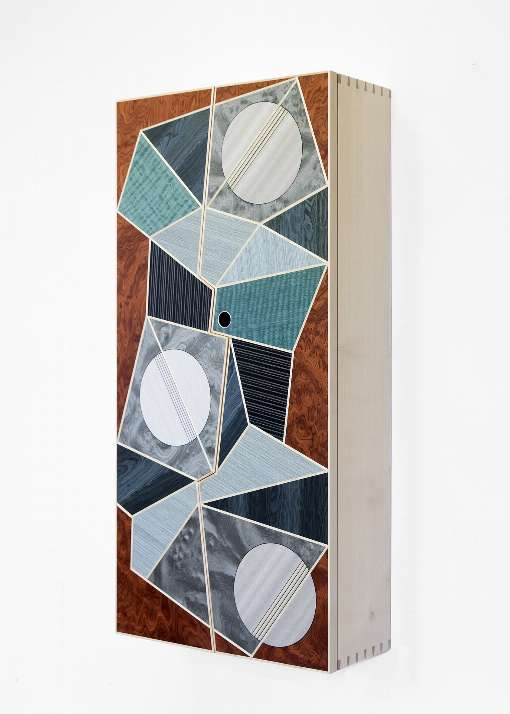
Image 1: Finely veneered wall cabinet "Fracture". Photo: Kenneth James/IFN
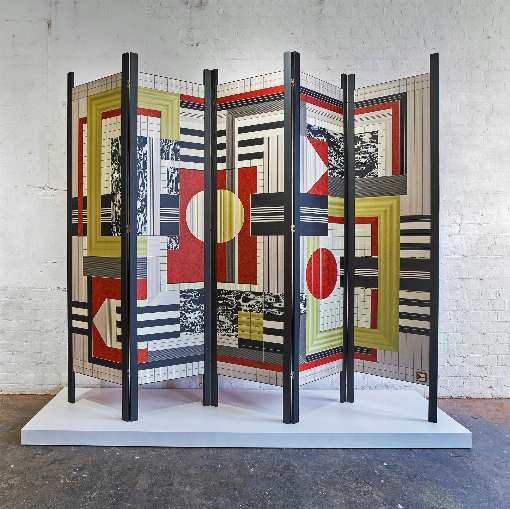
Image 2: Chic veneered room divider "Bauhaus II". Photo: Matthew Booth/IFN
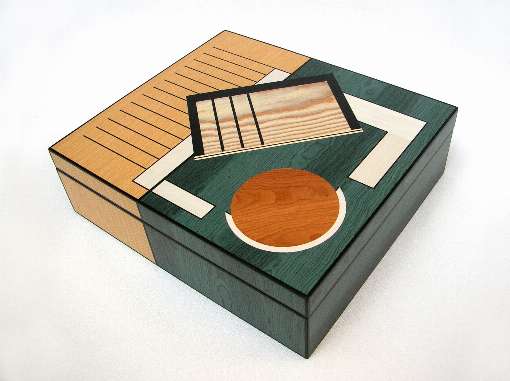
Image 3: Beautifully veneered "Script" box. Photo: Christine Meyer-Eaglestone/IFN
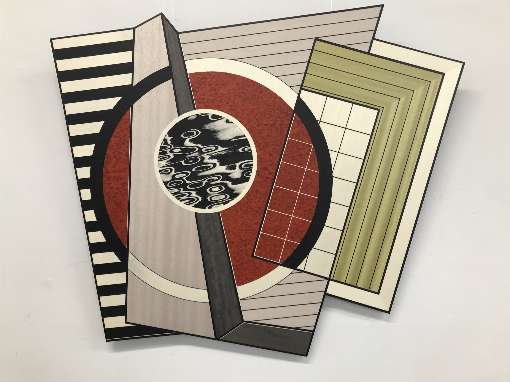
Image 4: Mural "Orbit" with unique guarantee. Photo: Christine Meyer-Eaglestone/IFN
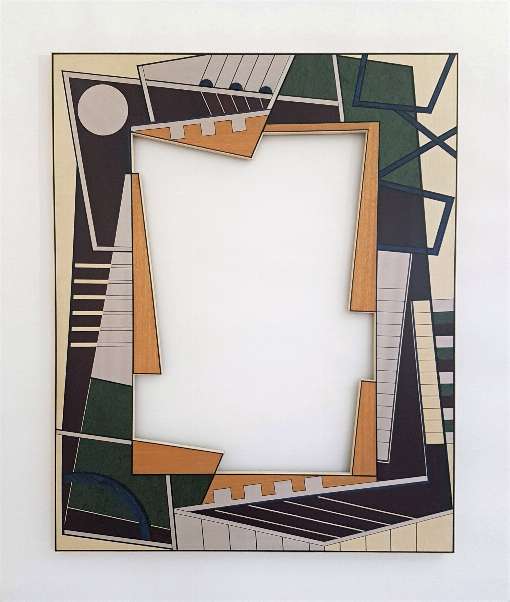
Image 5: Handmade wall mirror "Fracture II". Photo: Christine Meyer-Eaglestone/IFN